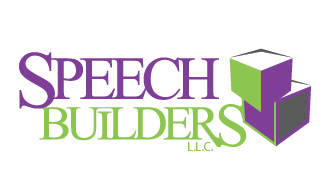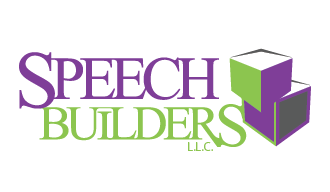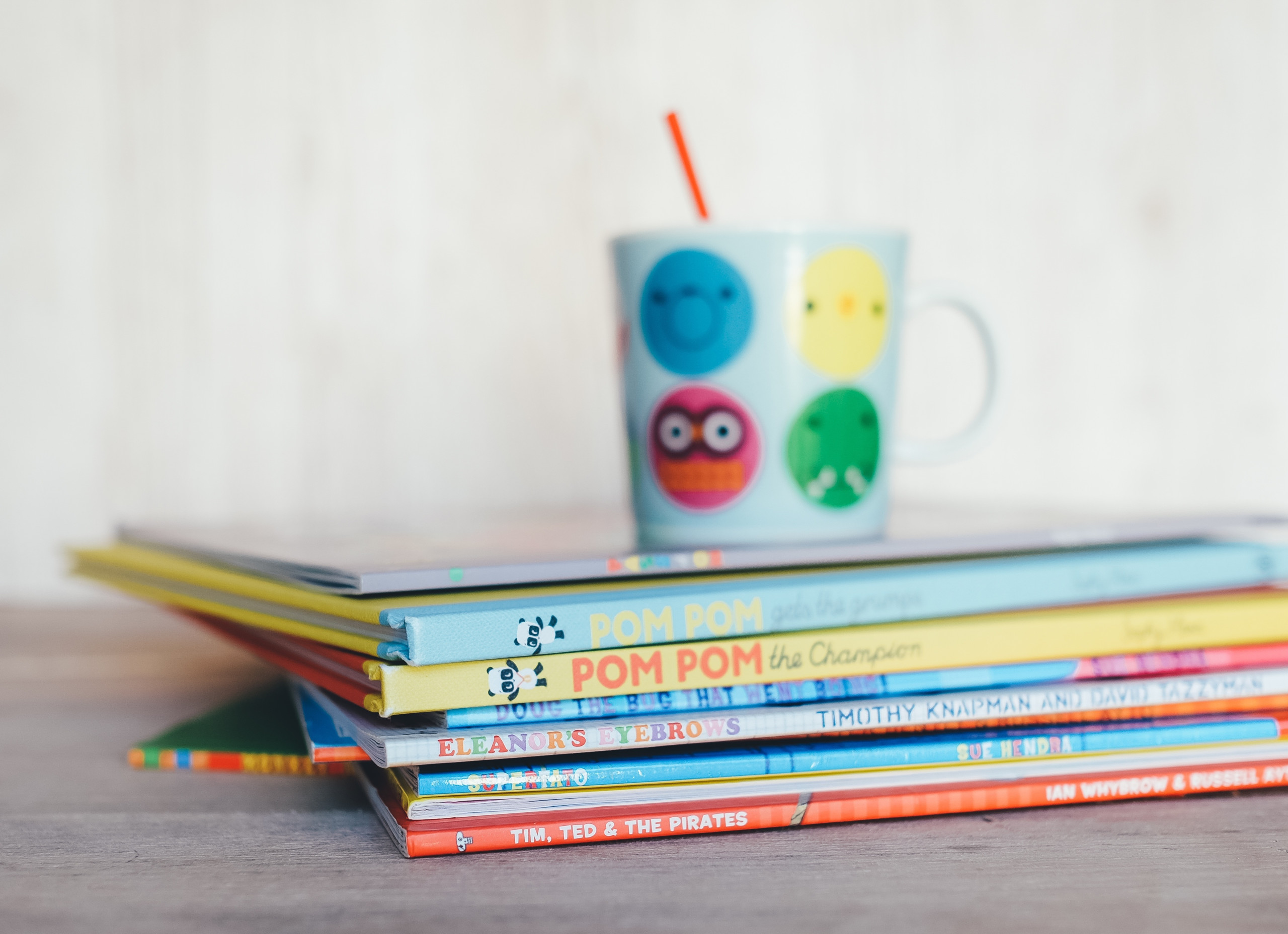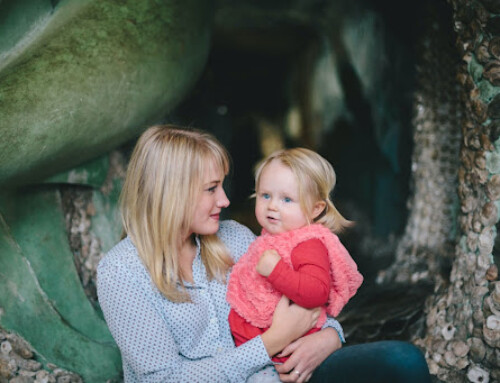Our last post was intervention types for two and three year olds and the post before that was information on what your two and three year old should be doing communication wise. Today we are going to talk about how you can use toys to elicit language from your two and three year old. Even if your child is already seeing a Speech therapist- these tips can help you get more language from your child at home. This is a short list but the possibilities are endless. Here are some of my favorites:

1. Bubbles-Most kids love bubbles! Even when they are crying-bubbles make them pause (at least for a minute). When I use bubbles-I ask the child “Do you want to blow bubbles (then I blow in the air) or pop bubbles?” (then I clap my hands) This is a great way to introduce them to choices without necessarily using words. Once I blow the bubbles I like to say the word “pop” as I am popping the bubbles. After that once turn is over ask the child again which would they like (to blow the bubbles or pop the bubbles). You can also ask them if they want “more bubbles” and show them the sign for “more.” While this is a fun activity you want them to understand that in order to get more bubbles they needs to communicate with you in some way (a word, a picture, or sign language-even if you have to take their hands to make the sign). You can also use words and phrases such as “big bubble” “small bubble” and “look the bubble popped!”

2. Balls-This is another classic toy that can be used in many ways. Sometimes I just roll the ball back and forth with the child. I have him/her ask me for ‘ball’ with their words or with the sign. I also will use a bucket or (clean) trash can and we take turns tossing the ball. I always use words and phrases such as “my turn” “your turn” or “Look the ball went in!” I love giving children choices so I ask them “do you want me to roll the ball or throw the ball?” I always let the child show me with his actions or tell me. Please note- use a ball that is lightweight. I have used heavier balls but if something breaks or someone gets hurt then it can mean a not so fun time for anyone.

3. Wind-up toys-This is a relatively new one for me but one of my therapists uses them all of the time with great results. Wind up toys are very interesting to children this age-because they can almost never figure out how to make them move. This gives them a reason to communicate that need to you. Start by having the child pick one out of two or three and give them a choice ( “Do you want the penguin or the car?”). Then show them how it works, when it runs out have them ask you for “help” or “more” or “do it again.” Kids love these toys and can play with them for quite a while. Note- both party stores and dollar stores have these toys especially around the holidays.

4. Books-This is still an all time favorite for me. Books are great for getting kids talking. With my two and three year olds I like to use board books (the books that are really thick-made out of cardboard) since they can be a little rough-plus it makes turning the pages easier. I get really simple books with one to five words on the page. I like to point out the pictures I see in the book and talk about what the characters are doing. After you have read the book a few times-I often give the child the book and ask them to read it to me. What you get back can be gold.
This was just a short list of some of my favorites but almost anything such as puzzles, dollhouses and play dough can be used to help a child’s language skills. We have put together a resource of some of our favorite toys that get kids talking. You can get it by clicking here.
Best regards,

Adrienne Fuller M.S., CCC-SLP
Speech Builders, LLC
speechbuilders.org
(407) 703-2711















Leave A Comment
You must be logged in to post a comment.